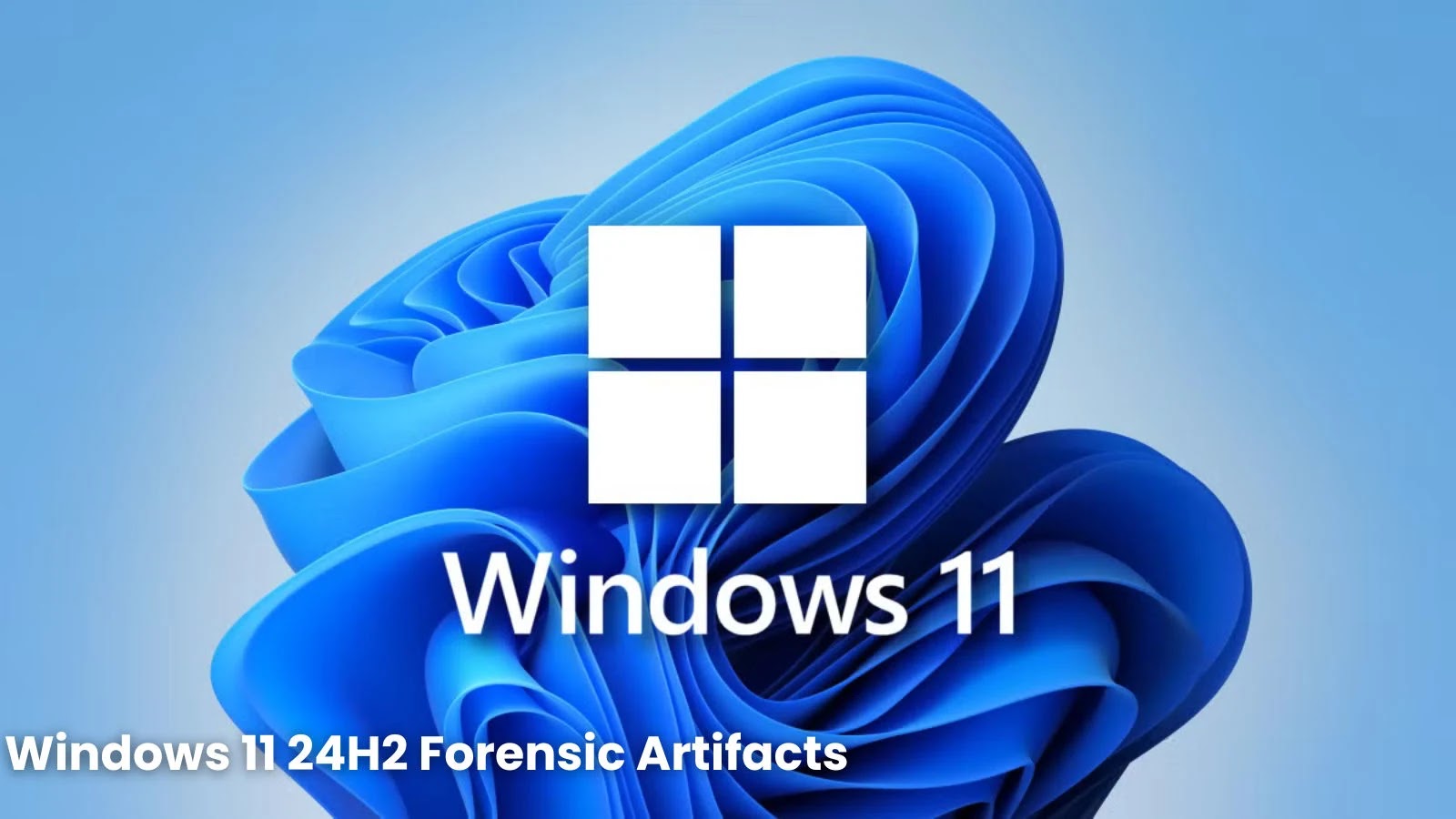
Kaspersky Details Windows 11 Forensic Artifacts and Changes With Windows 10 for Investigators
Navigating the Windows 11 Shift: Essential Forensic Artifacts for Investigators
As Microsoft officially sunsets Windows 10 support today, October 14, 2025, organizations worldwide are confronted with an inevitable migration to Windows 11. This transition, however, has not been without its challenges. Kaspersky’s Global Emergency Response Team (GERT) reported in early 2025 finding the decade-old Windows 7 almost as frequently in investigations as the newer operating systems. This significant lag in adoption underscores a critical need for forensic investigators to understand the nuanced differences and new artifacts present in Windows 11 compared to its predecessors. Effective incident response and digital forensics fundamentally rely on a deep understanding of the operating system’s structure and the digital breadcrumbs it leaves behind. Without this knowledge, crucial evidence can be missed, compromising investigations and hindering efforts to attribute attacks or understand their full scope.
The Evolution of Forensic Landscapes: Windows 10 vs. Windows 11
The core philosophy behind forensic investigations remains constant: identifying, preserving, analyzing, and presenting digital evidence. However, the methods and sources of this evidence are in constant flux with each new operating system release. Windows 11, while building upon the Windows 10 kernel, introduces significant architectural, interface, and feature changes that directly impact forensic artifact generation and location. Investigators accustomed to specific paths and registry keys in Windows 10 must adapt to new realities in Windows 11. These changes are not merely cosmetic; they reflect deeper modifications in how the operating system manages user activities, application execution, and system events.
Key Windows 11 Forensic Artifacts Detailed by Kaspersky
Kaspersky’s research highlights several critical areas where Windows 11 deviates from Windows 10, creating new opportunities and challenges for forensic analysis. Understanding these new or modified artifacts is paramount for any investigator:
- ShellBags Data: While ShellBags have existed for a long time, Windows 11’s redesigned Explorer interface and file management features can influence their content and how they reflect user interactions with folders and network shares. Investigators must be aware of potential new entries or modifications to existing structures.
- Jump Lists: These shortcuts to recently accessed files and programs are invaluable for understanding user activity. Windows 11’s redesigned Start Menu and Taskbar might alter how Jump Lists are populated and stored, requiring adjusted parsing techniques.
- Registry Hives: The Windows Registry remains a treasure trove of forensic data. Windows 11 introduces new keys and modifies existing ones related to its new features, such as Widgets, snap layouts, and refreshed system settings. Identifying these new forensic points is crucial for uncovering system configurations, user preferences, and potentially malicious activities.
- Event Logs: While the core Event Log service remains, Windows 11 might introduce new event IDs or modify existing ones to log activities related to its unique features. Monitoring for these new event types can provide critical insights into system changes, application installations, and security events.
- Prefetch Files and Amcache.hve: These artifacts, crucial for understanding program execution, will continue to be vital. However, changes in how Windows 11 manages application launches and system optimizations might lead to variations in their content, requiring updated parsing scripts.
- Microsoft Edge Artifacts: With continued browser integration, artifacts from Microsoft Edge (including browsing history, downloads, and cache) are essential. Windows 11’s closer integration of Edge into the user experience might present new or altered storage locations for these artifacts.
- Quick Access and Recent Files: These features, designed for user convenience, generate significant forensic data about recently accessed documents and folders. Windows 11’s improvements in file management could influence the quantity and type of information stored here.
Remediation Actions and Investigative Preparedness
For organizations transitioning to or operating with Windows 11, proactive measures are crucial to ensure robust forensic capabilities. This isn’t merely about adapting; it’s about preparation:
- Update Forensic Tooling: Ensure all digital forensics and incident response (DFIR) tools are compatible with Windows 11 and its file systems. Many commercial and open-source tools receive regular updates, but verification is key.
- Continuous Training: Regular training for forensic investigators on Windows 11 specifics, including new artifact locations, registry keys, and event IDs, is indispensable. Leverage resources from cybersecurity research firms like Kaspersky.
- Develop Custom Scripts: For organizations with unique needs, developing custom scripts to parse new or altered Windows 11 artifacts can provide a significant advantage.
- Establish Baseline Images: Create forensic baseline images of standard Windows 11 installations within your environment. This aids in identifying anomalous changes during an investigation.
- Review Logging Policies: Verify that current logging policies are effectively capturing relevant events in Windows 11. Adjust as necessary to ensure comprehensive coverage of security-critical activities.
- Stay Informed: Regularly follow security research and official Microsoft documentation regarding Windows 11 updates and changes. This proactive approach helps anticipate future shifts in the forensic landscape. While not a direct vulnerability, the evolving OS surface requires constant vigilance to ensure defensibility against emerging threats, some of which might exploit unexpected artifact changes.
- Leverage Threat Intelligence: Integrate threat intelligence specifically tailored to Windows 11 attack vectors. Understanding how adversaries exploit this OS will guide forensic efforts.
Conclusion: Mastering the Windows 11 Forensic Frontier
The impending end-of-life for Windows 10 marks a significant juncture for cybersecurity professionals. While the transition to Windows 11 presents operational challenges, it also introduces a new forensic frontier. Kaspersky’s insights underscore the necessity for investigators to move beyond legacy knowledge and deeply understand the specific artifacts and changes within Windows 11. Organizations that proactively adapt their tools, training, and methodologies will be better positioned to conduct effective digital forensics, mitigate risks, and respond decisively to security incidents in an increasingly Windows 11-centric world. The ability to forensically navigate this new operating system is not just an advantage; it’s a fundamental requirement for maintaining a resilient security posture.





